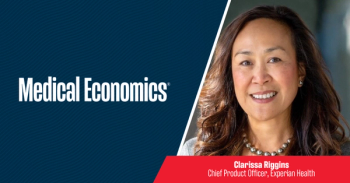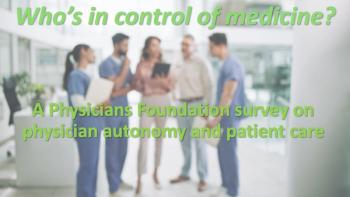
Improve patient outcomes with better language access
Medical practices can choose from a wide array of tools to enable communication with patients from diverse backgrounds
Patients with limited English proficiency (LEP) face poorer health outcomes due to low
In a
How can health care professionals build the trust they need to successfully treat culturally and linguistically diverse patients? A language access plan offers a roadmap to help practitioners build cultural competence to connect with patients. Planning ahead allows for efficient use of resources and effective communication.
Here's how to create an effective, patient-centered language access plan for your practice:
Assess community needs
The first step is to understand the population you serve. To determine which languages are spoken in your community, refer to the U.S.
Keep in mind which points of contact these patients are likely to have with your practice team. Whether they’re telephoning, using an online portal, or visiting the office for an appointment, ensure that your team is offering meaningful language access at each touchpoint.
Create your connection toolkit
Next, create a comprehensive language services toolkit. Consider the following questions when creating your plan:
Which types of interpreting will you offer? A
There are several ways to provide this service, and your practice will probably want to offer a mix of options. On-site interpreting and video remote interpreting (VRI) both offer face-to-face interaction for improved communication, allowing both the patient and interpreter to respond to important non-verbal cues like facial expressions and body language. VRI may provide a quicker, more cost-effective way to provide access to an interpreter in a patient’s preferred language, allowing you to provide service to more communities.
Over-the-phone interpreting is the best fit for follow-ups or non-emergency situations when there isn't enough time to arrange for an on-site interpreter.
Remote simultaneous interpreting (RSI) is rapidly gaining popularity due to the recent increase in remote care. RSI is concurrent, which means the interpreter interprets while the other patient speaks, so there's no delay.
With RSI, the interpreter is in another location, so communication is handled through video and headsets. Although the interpreter is not in the room, patients often find the immediacy of RSI reassuring. Children’s hospitals have used It to assess children in a global clinical trial.
How will you translate documents? Providing professionally translated documents helps ensure that patients fully understand their health care, insurance, and billing options. This is not only practical but also a matter of compliance: regulations like Section 1557 of the Affordable Care Act require specific documents to be available in the patient's preferred language.
But truly meaningful access requires not only making translated material available but going beyond minimum compliance mandates. A culturally competent approach to communication promotes equity and patient satisfaction by ensuring your patients understand their health status and treatment plan.
Machine translation technology can speed up the process, but only in tandem with specialist translators who understand the medical field and thus avoid translation errors that could harm patients or lead to frustration.
Some patients may have difficulty with written information, even when it's written in their home language or at or below the recommended fifth-grade reading level. A medical interpreter may be required to read the written documents to the patient and assist you with any follow-up questions.
Provide training
Train your staff so that everyone understands their specific role in implementing the plan. This includes training in both cultural competence and the technology used to provide language access to patients.
Cultural competence in health care goes beyond language to include skills such as fostering health literacy for diverse patient populations and navigating social and cultural differences in communication. To promote consistency in training and procedures, appoint one person on your team to the role of language access coordinator.
When everyone in your office can confidently handle requests for language access, patients will feel more confident in the care you provide.
Build community awareness
Now it’s time to let your community know that language isn't a barrier to getting care at your practice through an awareness campaign that includes the major marketing channels your patients use.
With growing diverse populations, your practice needs a plan that supports equal access to care. A language services provider has the expertise to assist with translation, language asset management and navigating regulations. This partnership increases accuracy, compliance and overall efficiencies.
The good news is that more language access tools than ever are at your team’s disposal. Using these tools to connect with patients can ensure everyone in your diverse community gets the care they need to improve their health in a culturally relevant way.
Nic McMahon is CEO of
Newsletter
Stay informed and empowered with Medical Economics enewsletter, delivering expert insights, financial strategies, practice management tips and technology trends — tailored for today’s physicians.



















